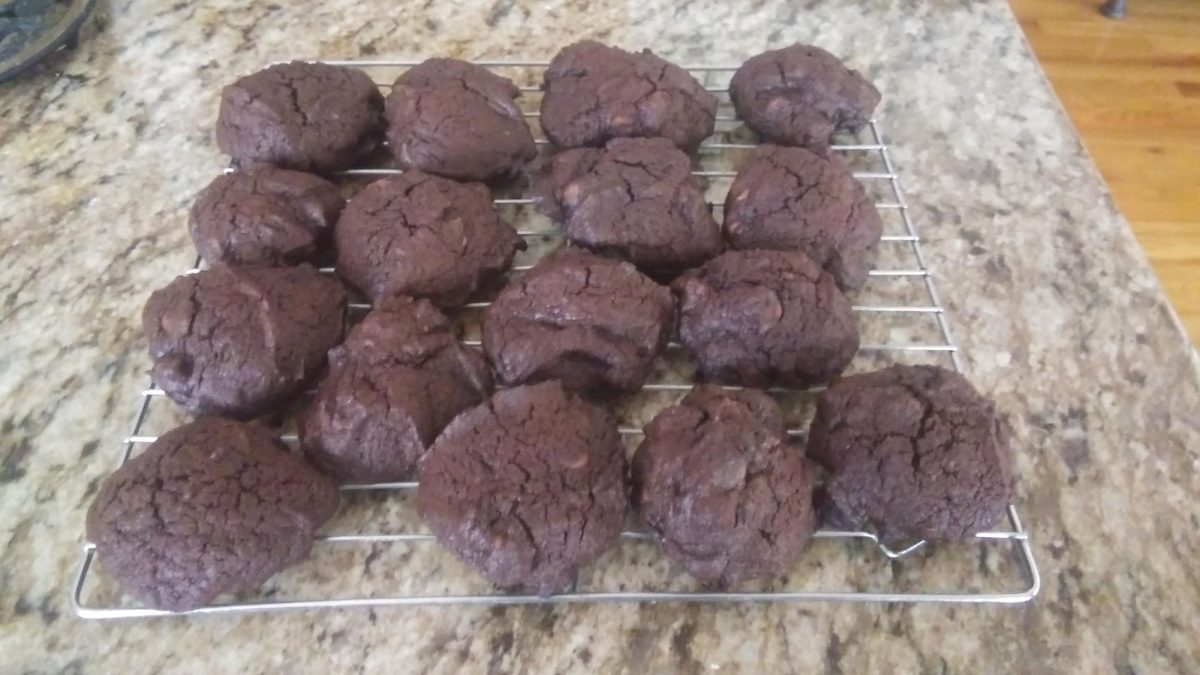The Other Pandemic
Connecticut’s Opioid Crisis
February 1, 2022
A deadly crisis has raged amid the COVID-19 pandemic and is responsible for killing hundreds in Connecticut alone: opioid addiction.
Opioid-related deaths in Connecticut spiked during the pandemic and continued to surge in 2021. There were 1,378 confirmed drug overdose deaths in 2020, a 14.3% increase compared to 2019, the state Department of Public Health (DPH) reported. In addition, there were 1,249 confirmed drug overdose deaths between January 2021 and November 2021.
The age group with the most significant number of drug overdose deaths in 2020 was 35-44, accounting for 350 of the 1,378 confirmed overdose deaths, the DPH reported. As of November 2021, the age group with the highest number of deaths is 55-64.
“Another group we’re seeing a rise in are folks above the age of 60,” Sara Piatti, a member of New Britain Recovers and the Local Prevention Council, said. “There has been a very significant spike in their alcohol and drug abuse.”
The recent rise in the number of fatal overdoses results from illicit fentanyl drugs being sold in illegal street markets, Chief Medical Examiner Dr. James Gill said.
“Then fentanyl came on the market and gradually has been replacing heroin,” Gill said. “Because of that high potency in fentanyl, we’re seeing much more deaths from fentanyl now than we did with heroin.”
Gill said fentanyl has a heroin-like effect and can be difficult to dose due to its high potency. Illegal fentanyl is a powerful synthetic opioid similar to morphine, but it is 100 times more potent.
Created in clandestine drug labs, illicit fentanyl eventually found its way to the pockets of drug dealers.
Wethersfield police officer Peter McGee said that he had investigated more situations involving fentanyl than any other drug in the last two years.
“Fentanyl is all over. It gets mixed into everything now. Doesn’t matter what drug,” McGee said. “It used to be just heroin, but now fentanyl is in everything, and there’s no place you’re not going to see it, unfortunately.”
The DPH reported that fentanyl-related deaths made up 85% of Connecticut overdose deaths in 2020 and 86% as of the first week of November 2021. In addition, the use of the fatal combination of fentanyl and xylazine, a veterinary tranquilizer, has nearly tripled since it was first seen in 2019, DPH reported.
Dr. Gill said that drug dealers are not pharmacists and mix lethal amounts of fentanyl with other drugs such as cocaine and heroin.
“A few little extra granules of this street fentanyl can be the difference between life and death,” Gill said. “This is one of the things that’s driving the increase of these deaths is the potency of the fentanyl.”
242 fentanyl and xylazine combination deaths have been reported as of the first week of November. The DPH said that the death toll had exceeded last year’s number by a margin of 101 deaths.
Susan Campion, the president of the Connecticut Association for Addiction Professionals, said that isolation brought on by the pandemic had promoted an increase in substance abuse.
“One of the interesting connections between the pandemic and skyrocketing addiction rates is the fact that all of the components of the pandemic and the Delta variant play very nicely into fueling the origins of drug and alcohol abuse,” Campion said.
“Sense of isolation, constant sense of anxiety and dread, and most importantly, the sense of the unknown, contribute to people seeking drugs for release.”
Campion said that these emotional factors were amplified due to the U.S. Centers for Disease Control and Prevention releasing overwhelmingly devastating data to the public during the height of the pandemic. She said the mass spread of misinformation about the virus tampered with the vulnerable state of mind and spirit people were in.
Mary Kate Mason, a spokeswoman for the state Department of Mental Health and Addiction Services, said that mental health struggles often lead to drug and alcohol misuse to cope with unwanted feelings.
This is known as a co-occurring psychiatric disorder, or a dual diagnosis. Mason said the disorder refers to a person who meets the criteria for a substance use disorder and is diagnosed with one or more other mental health disorders. She said this results
in the two feeding off each other and using one to cope with another.
“There is a link to the increase of mental abuse and the increase to misusing drugs,” Mason said. “People struggling are trying to feel better about something that’s going on in their life and often self-medicate to escape.”
There are several reasons why people start to use drugs.
Mason said that when you have a substance abuse disorder, your body stops making standard body transmitters that make you feel good.
“To feel physically ok, people use more and more,” Mason said. “Then they crave this substance that makes them feel good, and so they look for stronger and stronger drugs to keep them at that baseline happiness.”
Seeking treatment for addiction and mental health during the pandemic was challenging due to CDC guidelines for COVID-19. As a result, many local treatment centers for addiction, such as the Farrell Treatment Center in New Britain, had to shut down.
Daniel Millstein, the director of Farrell Treatment Center, said this led to meeting with outpatients over Zoom, who usually came in person up to three times a week.
Millstein said poverty-stricken communities such as New Britain struggled with this inconvenience because many residents didn’t have access to the internet or reliable technology.
“The problem with Zoom is that we treat a very poor population. Mostly everyone we see is on Medicaid or Husky insurance,” Millstein said. “A lot of our patients don’t have good phones. A lot of them weren’t able to make Zoom work. And a lot of them also didn’t have a safe place to talk to us.”
Vicious cycles of withdrawals follow once the person abusing drugs stops taking them. Millstein said withdrawals could be described as a “roller coaster of emotions” resulting in anxiety.
“Once the heroin runs out, you feel terrible. Once the coke runs out, you feel terrible. So you get depressed and anxious,” Millstein said. “Often, people with these mental health disorders
medicate with drugs, so they don’t feel bad. There’s a tremendous correlation between mental health disorders and addictions.”
Rebecca Allen, a member of the Connecticut Community for Addiction Recovery and a recovering addict of 23 years, said those abusing drugs often don’t seek help for their addiction due to the stigma and guilt surrounding it.
“One of the reasons why people that are struggling don’t reach out for help is that there’s a lot of stigma and discrimination around addiction,” Allen said. “We need to change the public perception around addiction, and that is why I recover out loud, so others don’t have to die in silence.”




